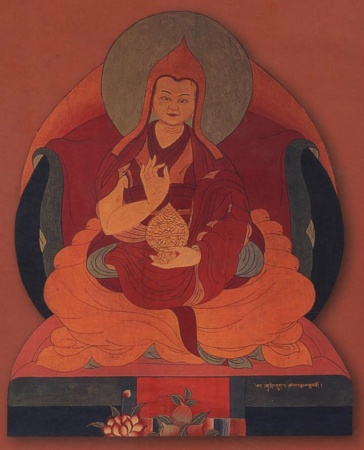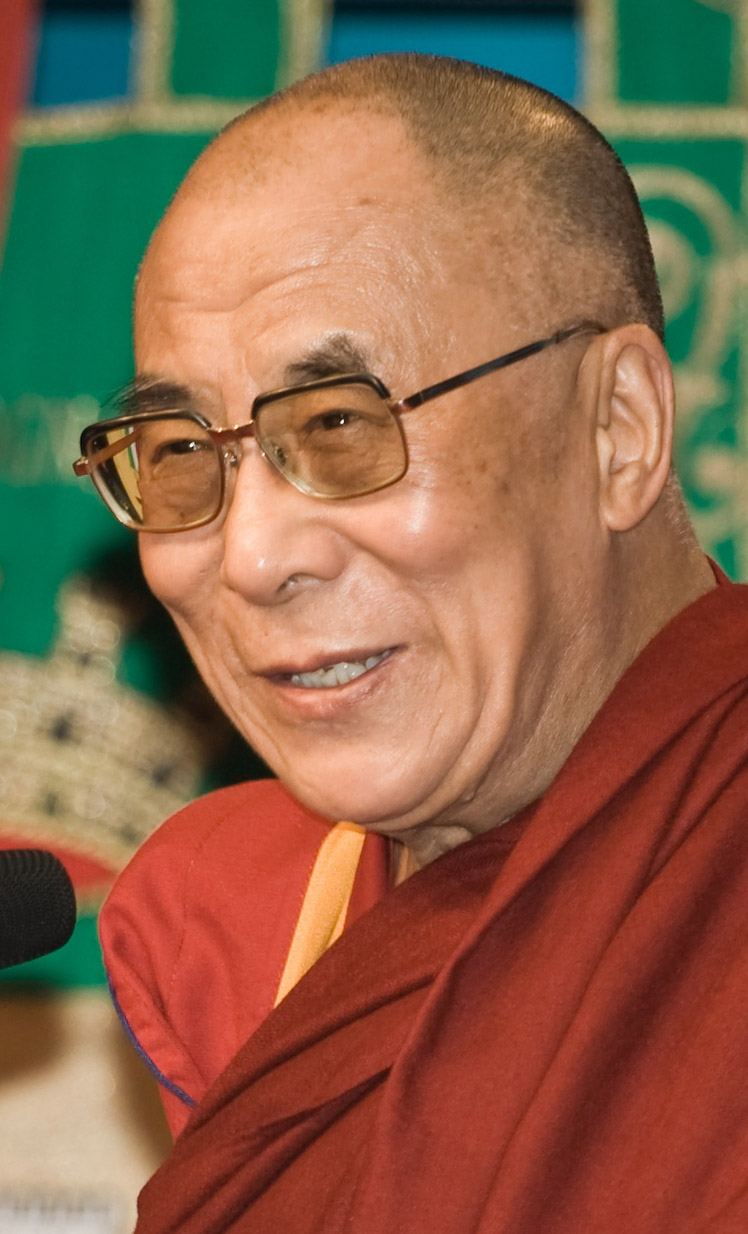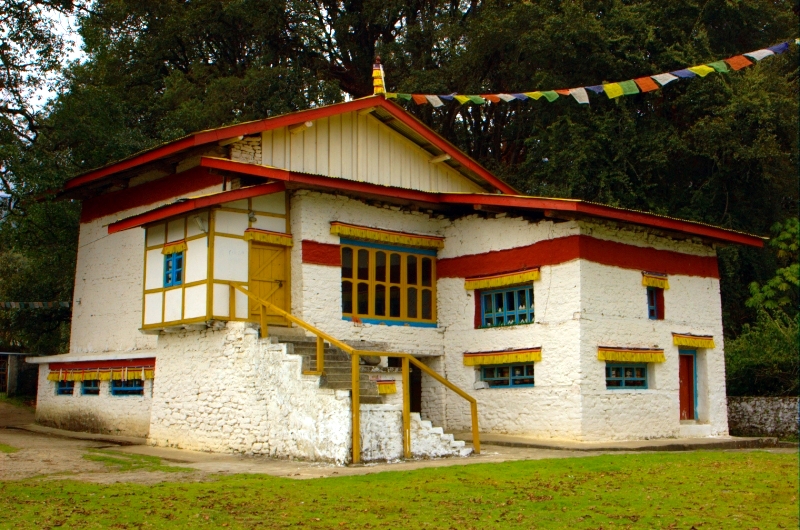Tshangs-dbyangs-rgya-mtsho, Dalai Lama VI, 1683-1706
Enlarge text Shrink textThe 6th Dalai Lama, Tsangyang Gyatso (Tibetan: ཚངས་དབྱངས་རྒྱ་མཚོ, Wylie: tshangs-dbyangs rgya-mtsho, ZYPY: Cangyang Gyamco; 1 March 1683 – after 1706), was recognized as the 6th Dalai Lama after a delay of many years, permitting the Potala Palace to be completed. He was an unconventional Dalai Lama that preferred a Nyingma school yogi's life to that of an ordained monk. He was later kidnapped and deposed by the Koshut Lha-bzang Khan. The death of the 5th Dalai Lama remained concealed for many years by his Kalon, in order to complete the building of the Potala Palace. The 6th Dalai Lama was born in southern Tibet, known as "Monyul", at Urgelling Monastery, which is in modern-day Tawang district, Arunachal Pradesh, India. He was officially located at the age of either 13 or 14. As a youth, he showed high levels of intelligence with unconventional views. Later and while living as a lay practitioner and a yogi, he grew his hair long, dressed as a regular Tibetan, and was said to also drink alcohol and openly accept women as companions. He was said to be a popular Dalai Lama in Lhasa's Shol neighborhood located at the base of the Potala. During a power struggle between Mongolians and Qing China in Tibet and Lhasa, the Dalai Lama's Kalon (regent) was killed by the Koshut Lha-bzang Khan. The 6th Dalai Lama was kidnapped and deposed by Mongolian forces. He disappeared and was either killed or somehow escaped and survived. The 6th Dalai Lama is also well known for his poems and songs that continue to be popular not only in modern-day Tibet but also among Tibetan speaking communities in Nepal, India and all across China.
Read more on Wikipedia >
 Personality
Personality






